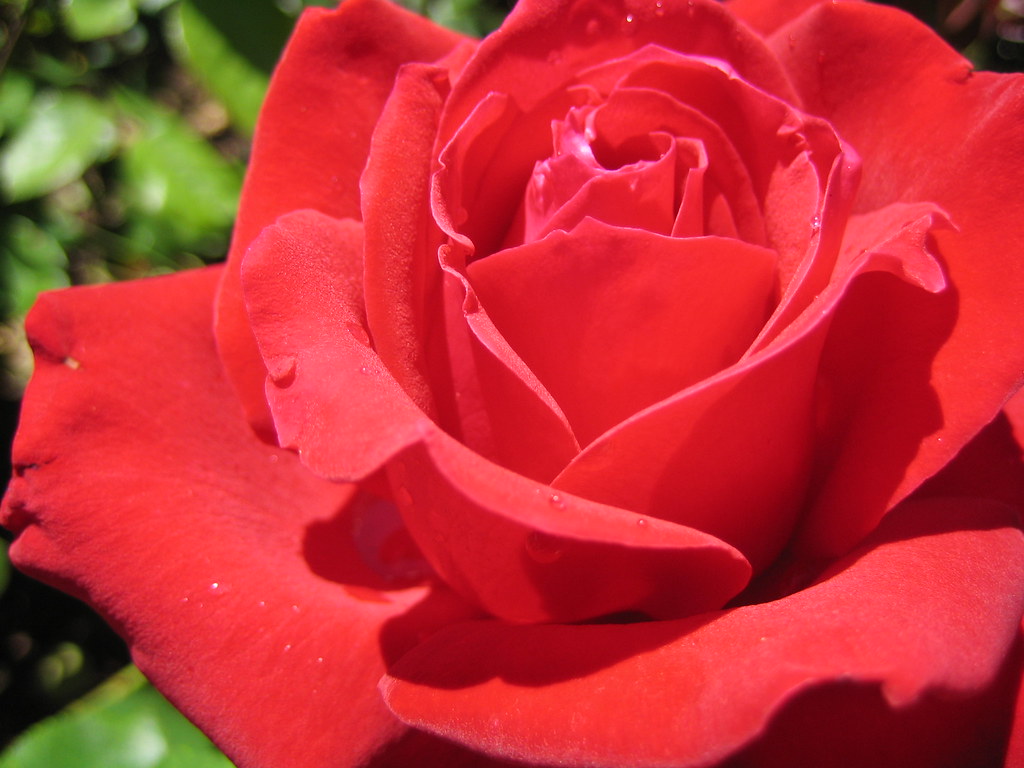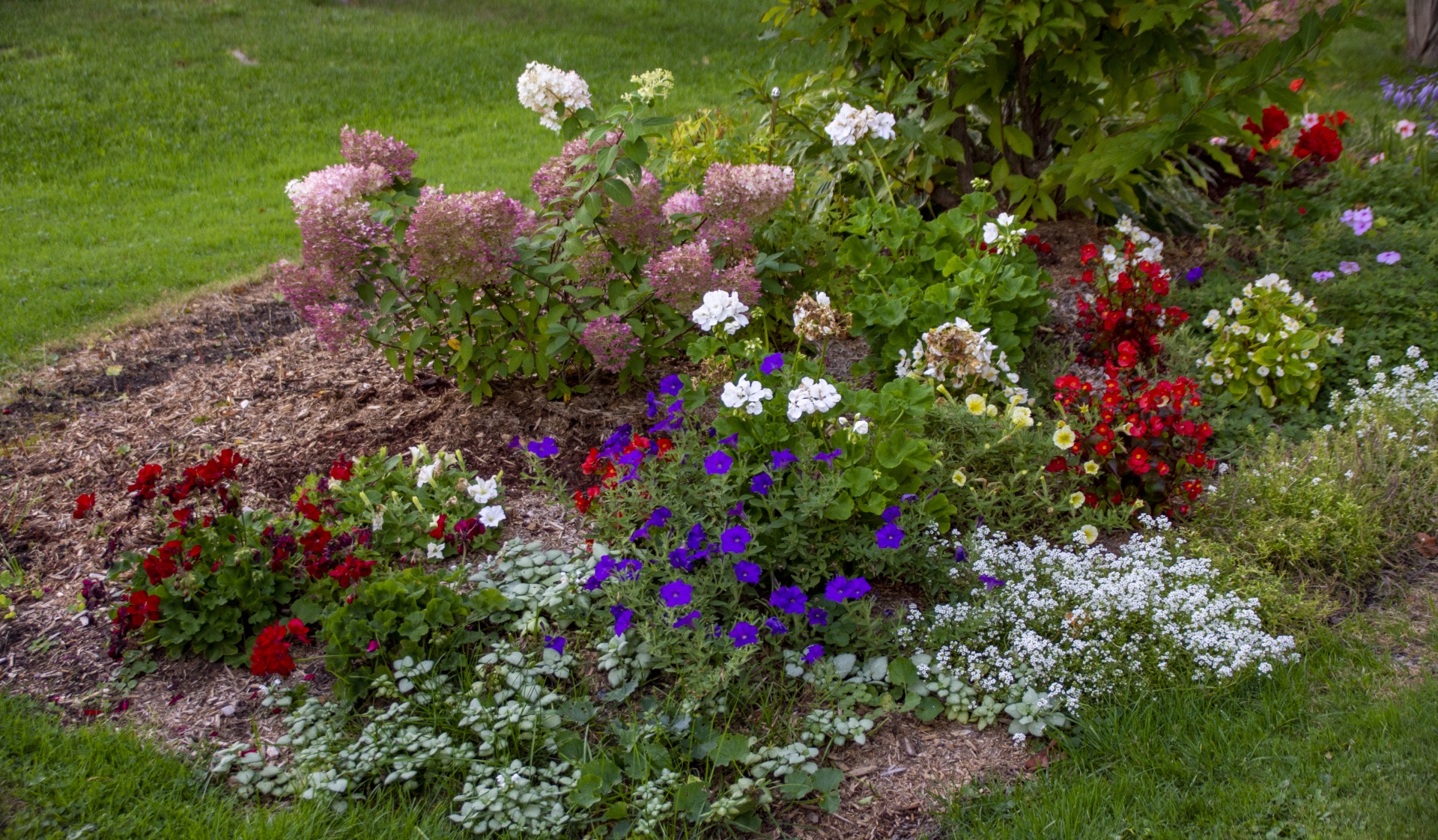Although many are nice to look at, there are certain flowers that should not be planted in your garden, either due to their poisonous nature, their tendency to overgrow and choke out surrounding plant life, or their demanding nature that makes them a nightmare for amateurs.
There are plenty of other plants that you can choose from, which will prove to be a lot less hassle than the ones listed below…
The Beautiful Killers – Highly Attractive, Highly Poisonous.
1. Poet’s Narcissus (Narcissus poeticus) – Part of the daffodil family, so you can expect it to be light and delicate. It has pure white petals and a center of yellow with a rim of red and is highly toxic. It contains lycorine, a toxic crystalline alkaloid, which causes vomiting, stomach cramps, convulsions and even cardiac arrhythmias. Even smelling this flower is enough to give you nausea and headaches.

2. Autumn Crocus (Colchicum autumnale) – With its blooms of pink, white, blue and purple, this highly toxic plant has a strikingly beautiful appearance. The autumn crocus contains alkaloid colchicines, which has been used to treat atrial fibrillation, gout and pericarditis. However, if eaten, absorbed through your eyes or inhaled, it can cause symptoms like those experienced by someone who has arsenic poisoning! You might experience vomiting, fever, abdominal pain, diarrhea and in some instances, organ failure if left untreated.
3. Foxglove (Digitalis purpurea) – Characterized by tall spikes with multiple bell-shaped pink and purple flowers with interesting black and white spots inside their cup, parts of Foxglove contain cardiac glycoside, a digitoxin which affects the heart. it is most dangerous right before the seeds ripen. If someone were to eat it, it would cause low pulse rate, vomiting, nausea and heart contractions that could ultimately cause them to go into cardiac arrest.
4. Lily of the Valley (Convallaria majalis) – With a sweet-smelling scent and leafy shoots with a cluster of downward-facing white flowers, this delicate flower is very toxic and grows rather aggressively. It has been found to have up to 38 different cardiac glycosides, which if consumed in minute amounts can cause a reduced heart rate, abdominal pain, blurred vision and skin rash. Lily of the Valley also produces small red berries, that are also poisonous. If you have small children around, you must pay close attention that they do not put them in their mouths! Or better yet, don’t grow Lily of the Valley at all!
Plant Invasion – They Grow So Quick
5. English Ivy (Hedera helix) – This plant grows so aggressively and is so invasive that it has actually been banned certain states. Although gorgeous to look at, it is very difficult to control because it spreads so densely that it can choke out other plants and create an ‘ivy desert’ effect. Its tendency to grow upward can cause young trees to fall over because of their weight.
6. Mint (Mentha spp.) – Because of their underground rhizomes and horizontal runners, mint plants can grow far and wide. They can quickly dominate a new area of your garden. Therefore, it is best to grow them in a container and to harvest their leaves frequently to keep them contained.
7. Bamboo (Bambusoideae) – The fastest growing wood in the world, bamboo is often used as building material due to its strength and durability. However, bamboo is also hard to contain, regardless of your fences or gates and is known to spread rapidly. It can be very difficult to cull and can take years to get under control.
8. Creeping Jenny (Lysimachia nummularia) – the name says it all, this plant likes to move! The rounded leaves along expansive, reaching stems make for an attractive ground cover and flower basket accent. Though it is easily pulled from the ground, Creeping Jenny is better suited for containers or as a lawn replacement, given its propensity to profligate quickly.
Garden Divas – Pretty to Look at, A Hassle to Care for
9. Roses (Rosa spp.) – One of the best-known flowers across the globe, roses are a nightmare to grow. If you want to ensure they bloom properly, you will have to make sure that the soil is deep enough, loose and has enriched compost. On top of that, you need to ensure each shrub is evenly spaced out, regularly watered and deadheaded, get enough sunlight and protected from pests and thieves.

10. Gardenias (Gardenia jasminoides) – This flower needs a lot of water, sunlight and humidity along with constant feeding, mulching and pruning so that they will be here in time for summer. If you are not able to care for all the needs of the gardenia, you might as well hang it up.
11. Dahlias (Dahlias spp.) – Dahlias are prone to a multitude of issues, such as powdery mildew, botrytis blight, viral diseases and tuber rot. You’ll also need to be persistent in combatting aphids and other bugs, which requires weekly pesticide applications to avoid infestations. If you experience prolonged blooming, it could mean lots of deadheading. As they continue to grow, they will need to be supported by stakes in order to prevent the stems from snapping. All in all, probably not worth the hassle.
These are just some plants that while gorgeous to look at, are more trouble than they are worth. Can you think of any others? Share your experiences in the comments below!



